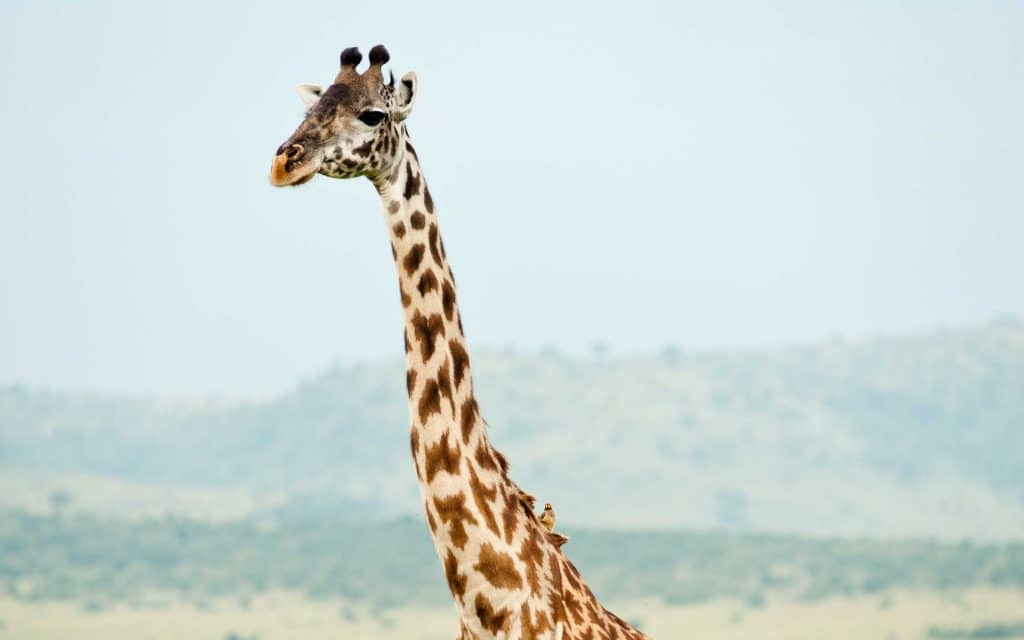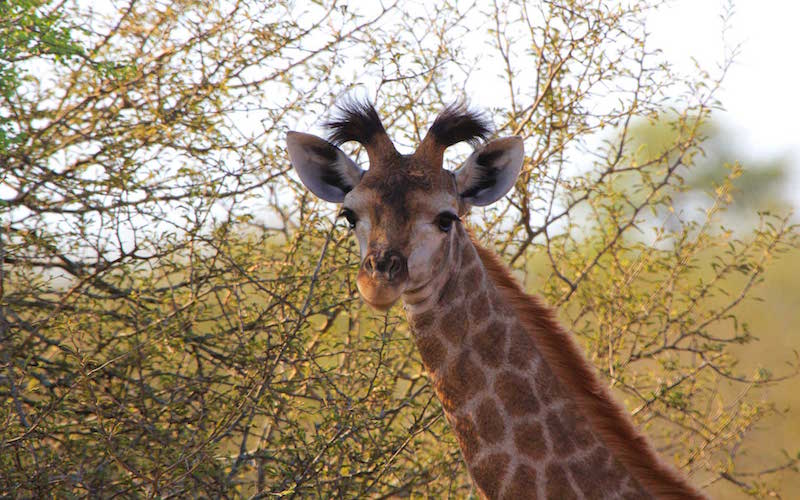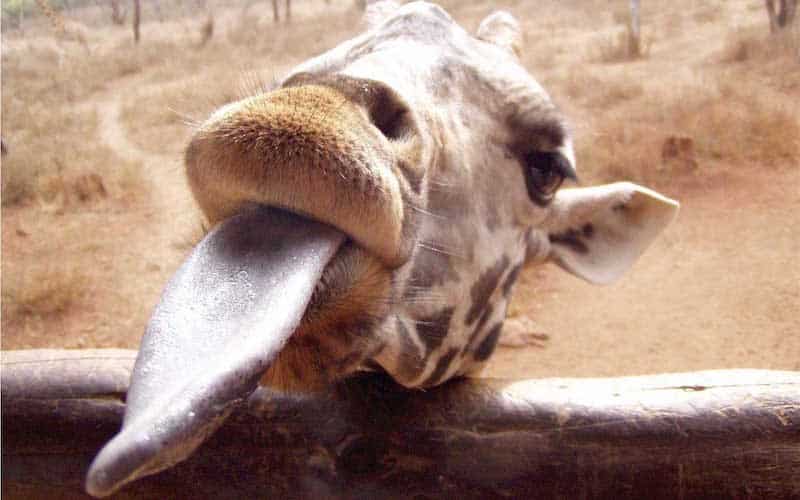Giraffes are native to Africa, but years ago they roamed in regions that covered extensive areas of that continent. Today, if we look at a map of the distribution of species and subspecies of giraffes, we can notice how reduced, fragmented and separated their populations are.
Some subspecies have populations in the wild so reduced that in a few decades they will probably be part of the extinct fauna of the Earth. Poaching for extraction of their tail, meat, and skin, as well as the devastation of the habitat where they live to convert it into grazing places, are threatening giraffes.
Some conservation groups are responsible for monitoring, defending and conserving wild giraffes but there are some difficult places to do such job in Africa.
The Giraffe Conservation Foundation has a very clear mission, which is to give giraffes a sustainable future and a protected and safe natural habitat. They support research on ecology and conservation, as well as promoting the importance of the care of giraffes worldwide, among many other tasks of great importance. They have activities in nations such as Kenya, Uganda, Zimbabwe, Cameroon, among others.
The Wildlife Conservation Society monitors giraffe populations to control habitat loss and poaching both outside and inside national parks. Thye collaborate with other conservation groups to join efforts and have better results.
The African Wildlife Foundation is another organization that educates local communities to implement sustainable practices that allow them to carry out their agricultural activities without affecting the integrity of the giraffes. Similarly, there are reforestation projects in the most affected areas where the objective is to plant acacia trees to replenish those regions that were once full of life.
WWF can not be left out. They are one of the major protagonists of caring the natural life worldwide and strive day by day to keep the population informed about problems, solutions, and advances in the field of wildlife conservation.
Such foundations promote programs, organize talks and distribute brochures of locally, but it is through the Internet how they reach more people and get volunteers who want to collaborate. While more people learn about the programs and decide to participate, a better future for the giraffes will be secured.
These organizations also publish the information that is not considered relevant by the traditional media. They interview biologists, volunteers, founding partners and other active members who know the subject and talk about their experiences. They also organize events where everyone can participate and learn more about the problems that giraffes face in their natural environment.
The work of conservation groups is remarkable and not an easy, as their work involves many tasks where there is risk involved as many time they have to deal with poacher mafias which see their interest affected by these groups.
Giraffes Endangered
The giraffe is a protected species throughout most of Africa, and there are quite a few sanctuaries where these animals can freely roam without a threat and with plenty of food.
However, in many parts of Africa, poaching and killing of giraffes continue in large numbers due to illegal hunting practices which include sports hunt, selling their coats, and even consuming their meat.
Conservation efforts include getting stricter laws, but the big problem though is that having such legislation in place isn’t enough to rectify the situation as the killing continues because the lack of law enforcement, so they don’t deter people from doing it. Other conservation efforts include pushing for hefty fines and even jail time for those found harming or killing giraffes.
An additional problem is the economic condition of the native people that need to kill giraffes to survive.
One alternative is bringing in more cattle for the people. However, in the dry areas, it can be difficult to keep those animals alive as there are times of the year when there isn’t enough water for them. There is also fear that cows close to the villages will be an open invitation for the predators out there to get closer to human settlements.
There are some other threats to the survival of the giraffe in their habitats. One of them is the rinderpest which is responsible for killing a large number of giraffes when there is an outbreak. It is a viral infection that has no cure and only happens to giraffes in the wild. They probably get the virus from the water they drink.
While there are some conservation actions in place to help giraffes, many feel that the funding and the time should be devoted to other animals as there are many fo them that could be extinct in less than a decade if aggressive efforts aren’t in place to protect them.
References
Anne Innis Dagg. Giraffe: Biology, Behaviour and Conservation. Cambridge University Press, 2014.
https://giraffeconservation.org/programmes/giraffe-conservation-status/
http://www.awf.org/wildlife-conservation/giraffe





